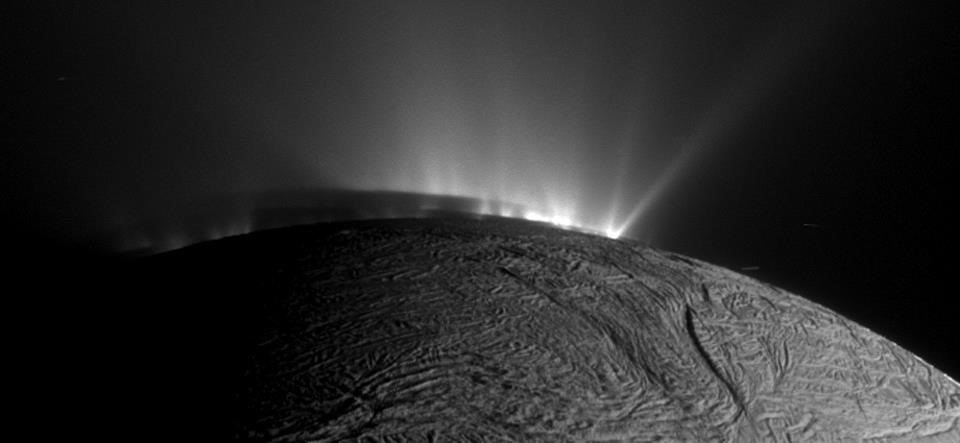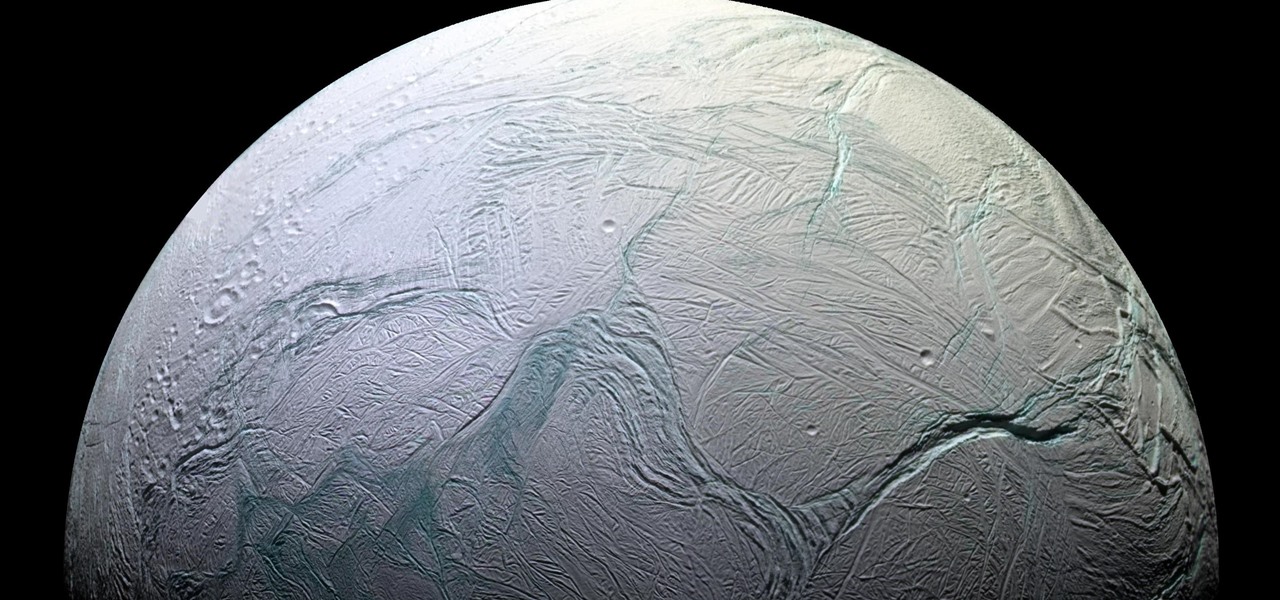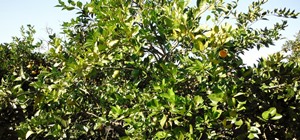Earlier this year, NASA reported on findings that might point to water, and microbial life, on moons orbiting Jupiter and Saturn. Named Europa and Enceladus, those moons contain large oceans under their icy surfaces, which many speculate could hold microbial life.
On Earth, life exists in even some of the most extreme places — including some that mimic the environments NASA is envisioning on these extraterrestrial moons. Looking at organisms on Earth called extremophiles, as these hearty microbes are called, offers some hints as to what may be lurking in these watery moons around the gas giants.
Water is essential to life on Earth, and we look for it in the universe around us as a potential sign that we are not alone. Two NASA spacecraft, the Cassini Orbiter and the Hubble Space Telescope, are currently returning data to help advance our knowledge of life elsewhere in the universe.
Launched in 1997, it took the Cassini spacecraft seven years to reach Saturn, arriving at the ringed planet in 2004. Cassini's probe, Huygens, parachuted successfully to the surface of Titan, the largest moon of Saturn. Flying by Saturn and its moons for more than ten years, Cassini has vastly added to our knowledge base, including discoveries that elevated the small, icy moon Enceladus to an oceanic rockstar. Cassini sampled erupting plumes of watery chemicals that may signal life in the ocean beneath its frosty surface.
All good things must come to an end though, and Cassini is finally running low on fuel. The craft is already taking its bows before its ultimate dramatic dive on September 15, 2017. Called Cassini's "Grand Finale," the Orbiter will plunge between Saturn and its rings, gather first-hand data on the way, and then crash into Saturn to avoid contaminating Titan or Enceladus, both which could host environments for life.
The views of these planets and moons provided by the Hubble Space Telescope confirm some speculation about what's happening on their surfaces. Launched in 1990, the Hubble maintains a low-Earth orbit, about 370 miles up, to returns shots that are only possible from outside of our atmosphere. More than one million observations made by Hubble have driven the creation of more than 14,000 research papers.
Hubble's images of Europa, a moon of Jupiter, depict plumes erupting from its surface. The composite photograph below (with Europa picture superimposed over Hubble data) was taken in January 2014 and shows plumes estimated to be rising about 60 miles above the surface of the Europa.

The 'Ocean Worlds' of Europa and Enceladus
NASA has dubbed celestial bodies suspected of harboring water on their surface, or subsurface, as "Ocean Worlds". These oceanic bodies are prime locations to look for life beyond our own blue planet.
As one of these ocean worlds, scientists believe Europa, a moon of Jupiter and subject to its tidal pull, harbors a salty ocean beneath its icy crust. According to a recent study in The Astrophysical Journal Letters, Hubble observed plumes of water rising from approximately the same location on Europa's surface in both 2014 and 2016. The repeated observations could indicate the thermal activity in that location may be consistent, and possibly stable.
The area of thermal activity was first suggested by images from the Galileo probe. Galileo was launched in 1989 and was instrumental in discovering the possible ocean beneath the surface of Europa.

Why does the potential for water on Europa raise talk of life under its surface? Hot spots, whether volcanic plume or undersea vent, are a signature sign of chemical energy, considered an important marker that may mean microorganisms are afoot. The upcoming Europa Clipper mission, expected to launch in the 2020's, is focused on gathering data on how friendly Europa might be toward microbial life, including chemical, water, and energy resources.
Like Europa, Enceladus is an ocean world, and just one of 53 moons attributed to the ringed-planet Saturn. Although the Cassini mission is in its endgame, its high altitude sniffer detected chemical signatures of tremendous interest to scientists on Earth during mission flybys.
Research published in the journal Science scientists note vapor from plumes ejected from hot cracks in the icy surface of Enceladus are composed of about 98% water vapor, 1% hydrogen, and a remaining mix of ammonia, carbon dioxide, and methane.
The presence of hydrogen molecules in the moon's plumes is considered evidence of hydrothermal activity taking place under the ocean of Enceladus. Researchers suggest activity between organic materials and rocks produces the carbon dioxide and hydrogen that microbes use for food. Microbes, in return, produce methane, which is a fundamental sign of life on our own planet, Earth.
On Earth, bacteria that produce large amounts of methane as a byproduct, are called methanogenic bacteria. These bacteria can live in oxygen-free environments and feed on waste and byproducts of inorganic processes, like hydrogen contained in vapors that press up from the floor of the oceans on Earth.
Put all together, these signs indicate that there could some kind of life processes taking place on these ocean worlds, and those processes might be similar to those that take place on Earth's hydrothermal vents.
Lead author on the Cassini research, Hunter Waite, commented in a press release: "Although we can't detect life, we've found that there's a food source there for it. It would be like a candy store for microbes."
In an article in Scientific American, Frank Postberg, a planetary scientist who was not involved in the present research commented on the amount of hydrogen detected in the plumes, noting:
One or 2% doesn't sound like a lot to most people, but it really is — it's an amazing amount. Molecular hydrogen is hardly found on Earth at all because it's so light and volatile — it is eaten by bugs or reacts with other substances or just floats away to space.
Adding to that, Waite remarks:
This free energy is really a game-changer for Enceladus. The presence of molecular hydrogen shows there is the chemical potential there to support metabolic systems like methanogenic microbes. This suggests we've found a potential food source that would support the habitability of Enceladus's interior ocean.
From Earth, across the solar system to Europa, and Enceladus, ocean worlds may be the primitive starting space of life. Thomas Zurbuchen, associate administrator for NASA's Science Mission Directorate said:
This is the closest we've come, so far, to identifying a place with some of the ingredients needed for a habitable environment. These results demonstrate the interconnected nature of NASA's science missions that are getting us closer to answering whether we are indeed alone or not.
Just updated your iPhone? You'll find new emoji, enhanced security, podcast transcripts, Apple Cash virtual numbers, and other useful features. There are even new additions hidden within Safari. Find out what's new and changed on your iPhone with the iOS 17.4 update.


























Be the First to Comment
Share Your Thoughts